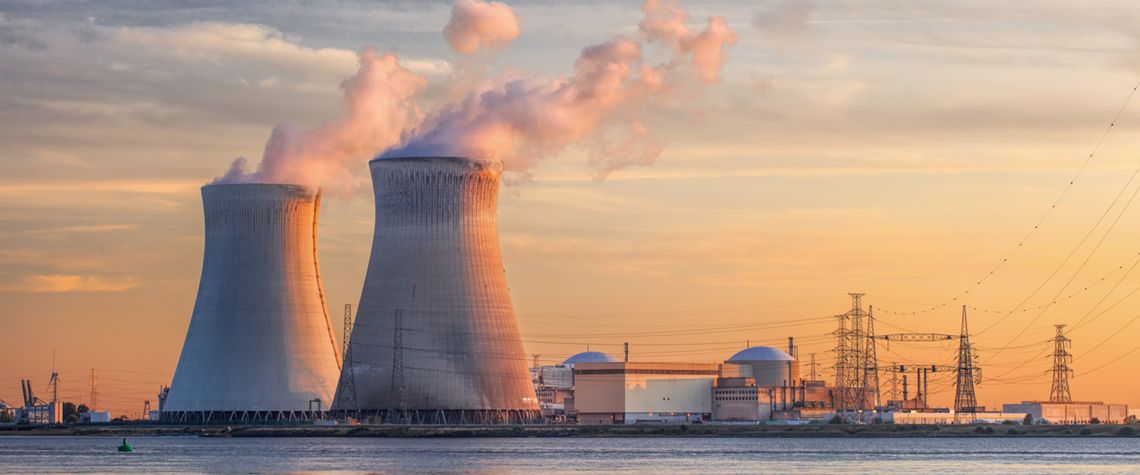Nuclear industry eyes key role in hydrogen transition
Sector can produce large amounts of low-carbon hydrogen from electricity or high heat, says lobby group
Pink hydrogen produced by nuclear power could soon be cost-competitive with green and blue hydrogen, according to Brussels-based nuclear industry group Foratom. Nuclear power plants produce large amounts of electricity and heat, both of which can be used to make low-carbon hydrogen. Existing reactors can power electrolysis to produce green hydrogen, while after 2030 thermochemical water-splitting using advanced modular reactors could offer an alternative mode of production. China is also developing very-high-temperature reactors, which can split water into hydrogen and oxygen. "Nuclear power can make a strong contribution to the hydrogen transition. We are talking about large, stable volumes

Also in this section
23 December 2025
Government backing and inflow of private capital point to breakthrough year for rising star of the country’s clean energy sector
19 December 2025
The hydrogen industry faces an important choice: coordinated co-evolution or patched-together piecemeal development. The way forward is integrated co-evolution, and freight corridors are a good example
10 December 2025
Project developer Meld Energy ready to accelerate 100MW project in Humber region after securing investment from energy transition arm of private equity firm Schroders Capital
9 December 2025
BP and Engie abandon large-scale green hydrogen projects in Gulf state as developers in all regions continue to struggle with lack of firm offtake







